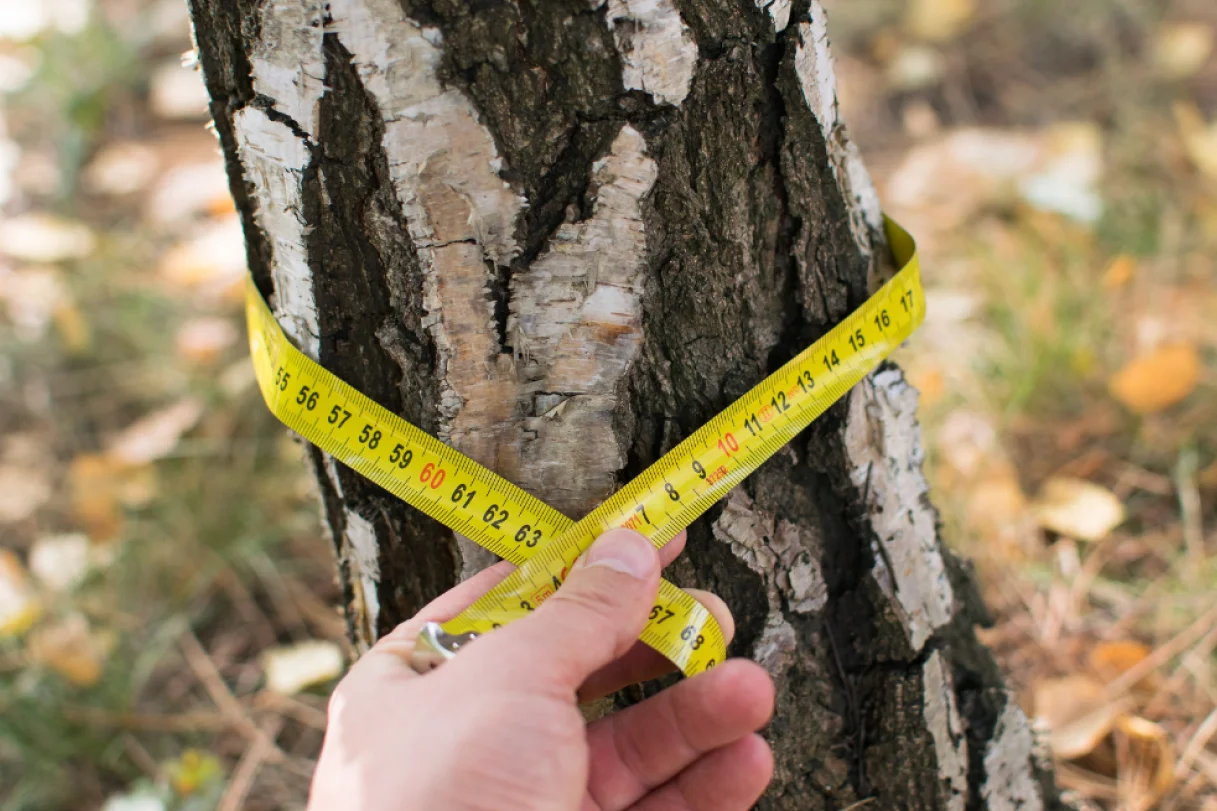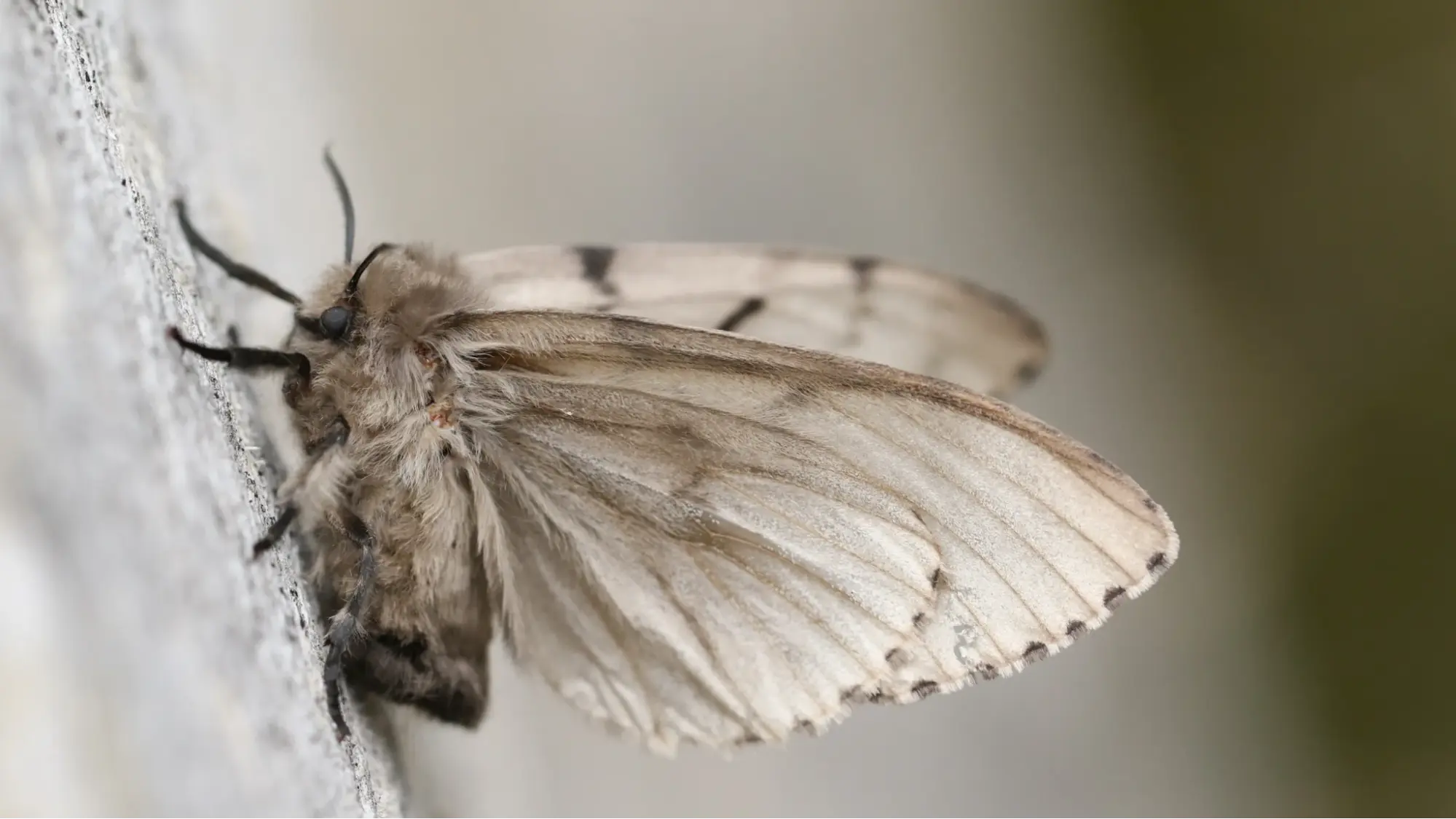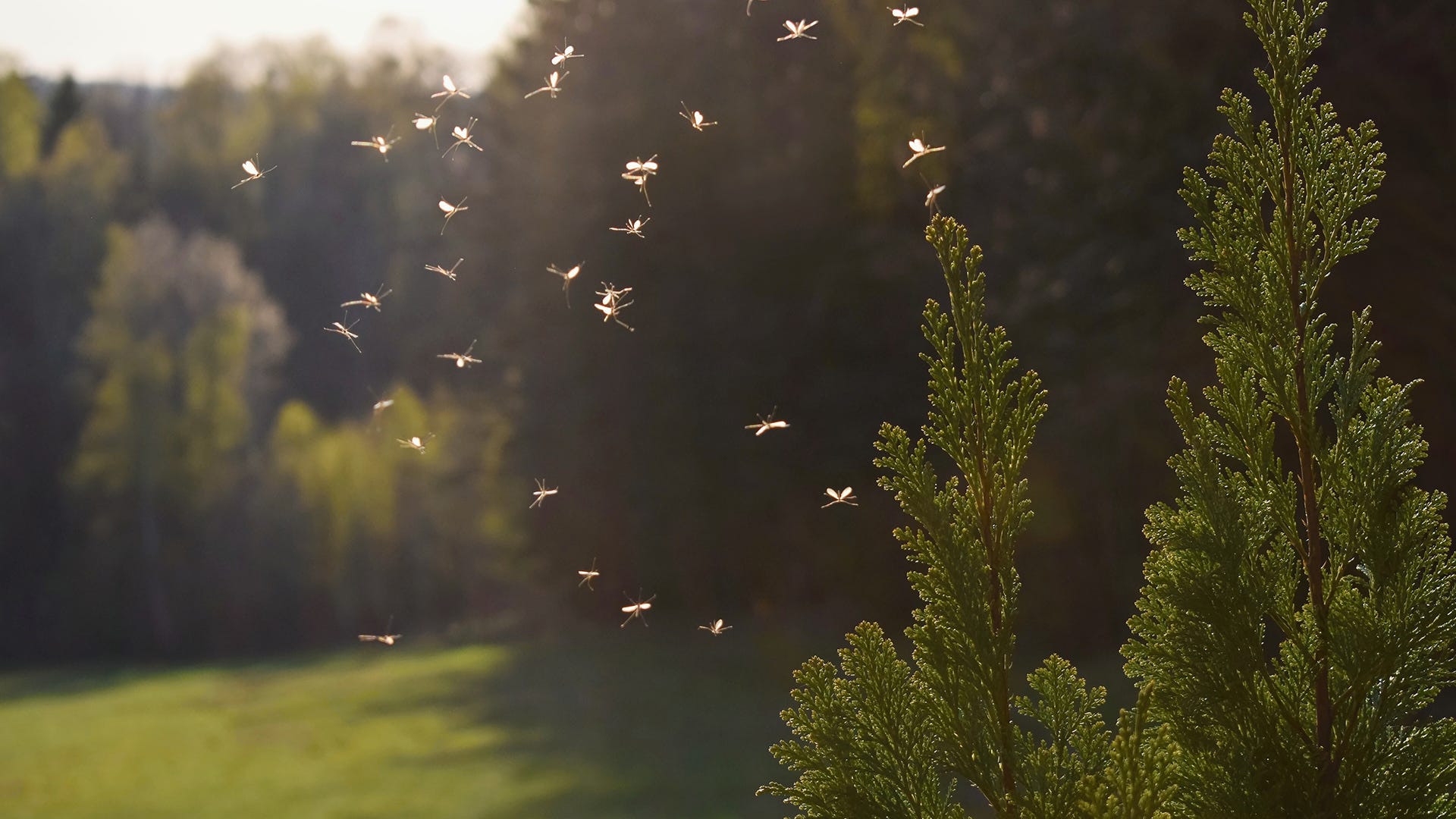
Spring has sprung and the sun has returned for the start of a new season- ‘tis the time of year for tree planting. While the nurseries stock pile trees in preparation for the rush, and the weather reporters warn us of the rainfall, we find ourselves in the perfect time of year to install our young trees. I have created a short list of guidelines to follow and discuss with your arborist in order to keep this process from turning into a seasonal affliction:
Why Plant in the Spring?
The early spring is a perfect time for planting trees. Any newly planted tree will require more water after planting than usual (typically twice the normal amount) and our springtime naturally provides an optimal amount of natural rainfall. To provide the best opportunity for survival, planting should be done prior to the emergence of any foliage. As soon as the foliage is present, the tree is already desperate for water as the leaves are perspiring. This young specimen is already exhausted by attempting to establish roots into the native soil, and will require as much water as possible, short of over saturating the soil. This and other important factors will be discussed in more detail, along with proper aftercare below.
Species Selection
How do you know which tree is best for the location that you are planning? There are environmental and geographical factors that substantiate, such as water saturation in the soil, sunlight, surrounding tree coverage and proximity to buildings and hardscapes. You may just love the way the purple flowers look on your neighbour’s Eastern Redbud tree, and plant one of your own only to find the flowers are a light pink, and no longer compliment the exterior paint on your house! This is because sun will not only have an effect on the likelihood of a trees survival, but in many cases will also affect the colour of the flowers on ornamental trees.
This next comment may strike you as being insulting, but I will explain: trees grow. In some cases, they grow tall, some cases they grow wide. I come across a landscaped property at least once a week that was planned to look good now, with no regard to how it will fare in the years to come. Although it may seem like these young trees don’t quite look right if they’re spaced out from each other, it is for prosperity of the trees as much as the prosperity of the landscape. Planting trees in close proximity routinely results in one of the two trees being perpetually stressed and/or dying. Planting in close proximity is certainly an option, but it will require alternating the needs of each species, based on sunlight, size and many other factors. It is best to consult with your certified arborist to discuss the varying differences in species selection.
Bigger is NOT Better
If your goal is to have a tree that can reach 10 meters high to screen off the nosey neighbour’s, I do not recommend planting the biggest tree you can get through your rear fence. There is a “rule of thumb” for transplanting shock when planting new trees. This is a generalization, but you can imagine a tree will suffer one year of transplant shock for every inch of stem diameter at the time of planting. A very popular sized tree that is sold from the nursery is 50-60mm caliper (roughly 2 inches diameter). With this, we can assume the tree will have approximately two years of transplant shock – where the tree will be more focused on root growth, and you will see very little growth throughout the canopy. If you plant a 50-60mm caliper tree, and your neighbour plants a 100-120mm caliper tree of the exact same species at the exact same time, with the exact same environmental factors, within five years both trees should be approximately the same size (not to mention your neighbour paid twice as much). One of the reasons that the tree is affected exponentially in relation to the size, is in the amount of roots that are severed in the transplanting. A majority of the large structural roots are within close proximity to the stem. The roots that will extend from those structural roots, the fibrous roots (aka the absorbing roots), extend well beyond and are necessary for a profound majority of the tree’s nutrient and water uptake. Most of the tree’s energy will be allocated to restoring the lost root mass instead of canopy growth. This equally affects the trees chances of survival
Proper Aftercare
The job is not quite done after the tree has been planted (unfortunately). First and foremost, remove all burlap and rope from the base of the stem! I cannot express enough (in censored form) the importance of this. After the burlap and rope is removed, we can continue.
Even though the spring time will offer more water than we can expect in the summer, it may not be enough for this young tree to sustain. As mentioned earlier, any new tree should receive roughly twice the amount of water. In the case of a drought I recommend a regular water hose, sprinkler or soaker hose is used for one hour, once a week. This will allow for a full ground soak to the immediate root zone. In the case of new trees, this should be increased to one hour, twice a week. Natural rainfall has to be taken into account. Ideally this should be done early in the morning, just before sunrise. This way the water is in the soil, ready to be absorbed when the morning sun triggers the roots to begin their work. Try to refrain from administering water to the foliage, which could increase the chances/rate of fungal disease in susceptible host plants.
Soil
Depending on where you are in the GTA (assuming you live in the greater Toronto area) your soil is likely either lacking some/many nutrients that a tree craves, or the pH balance of the soil has caused these nutrients to be unavailable to the tree. The roots can only absorb nutrients that have been dissolved in water. When the pH balance strays too acidic (below 7.0) or too alkaline (above 7.0) these nutrients may not dissolve. They will sit in the soil, unattainable to the tree. Our soils in the GTA are famously high, being very alkaline (7.2-8.0+). The most efficient way to remedy this is to introduce sulfur into the soil, buffering the soil as close to a neutral state as possible, unlocking the (already present) nutrients for the tree. The soil naturally will return to the original state within a year, so this is recommended as an annual service.
There are many factors to consider when planting a new tree, and every property will see fluctuating conditions, so a perfect, generalized walkthrough is not possible. Also, even with the perfect planting procedures, not all newly planted trees will survive. This is why from the start, I suggest including your arborist in this process. You may also find new species that you could absolutely love, that maybe you did not know about. Let us help you throughout your next planting feat! Call us at 416-201-8000. You can also visit our Tree Planting Page for more information about how we can help you with tree planting.
Geoff Niblett
(ISA- ON1719A)











